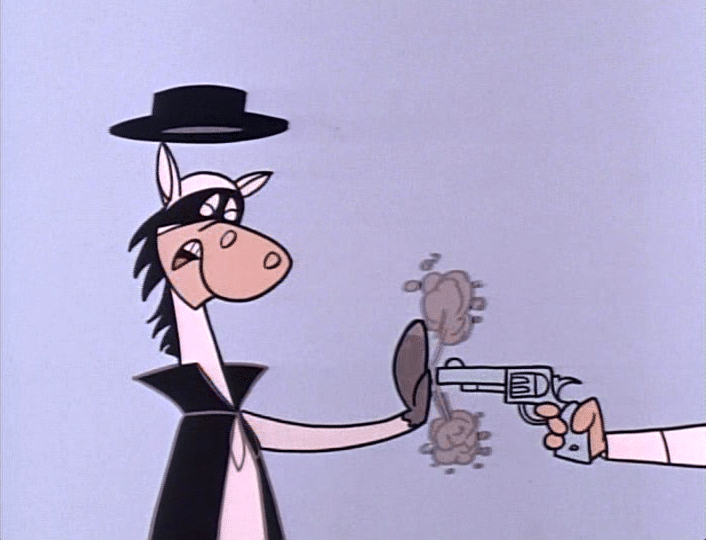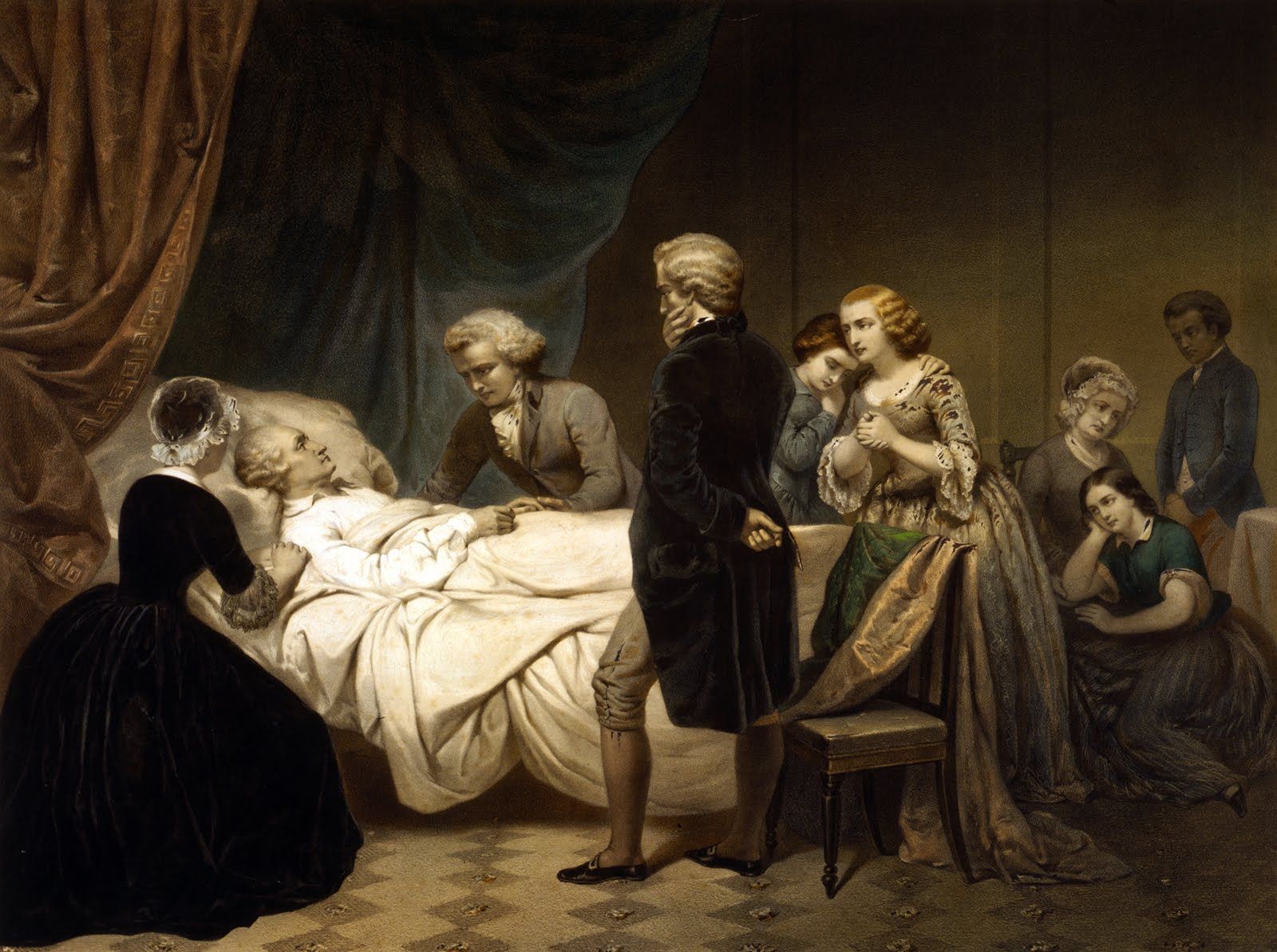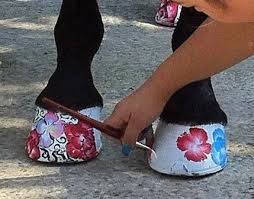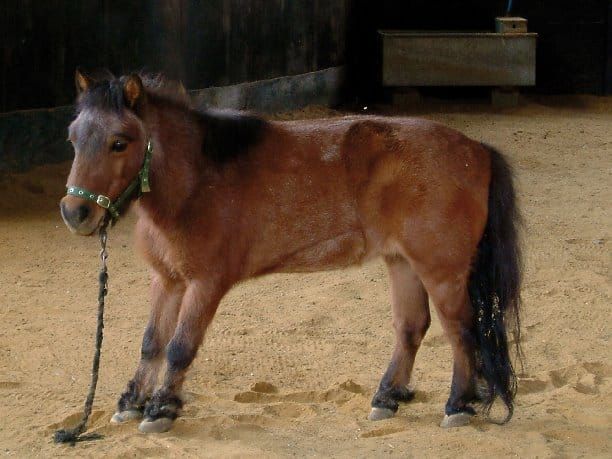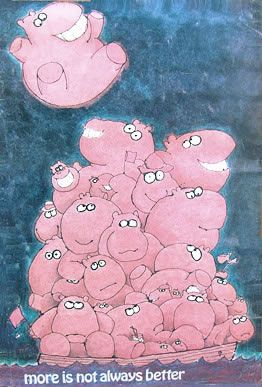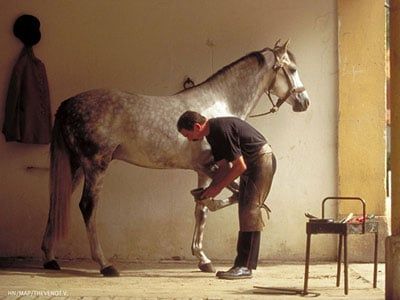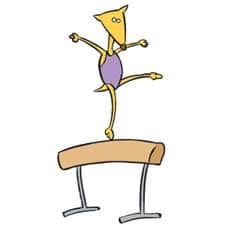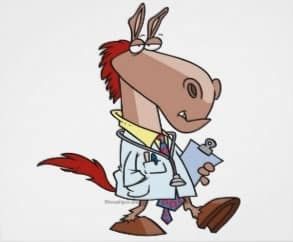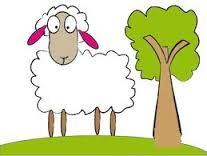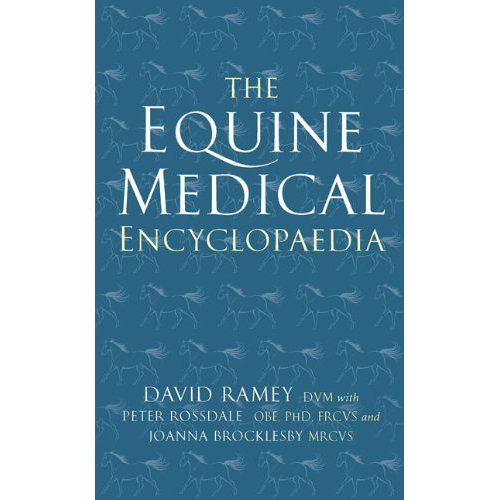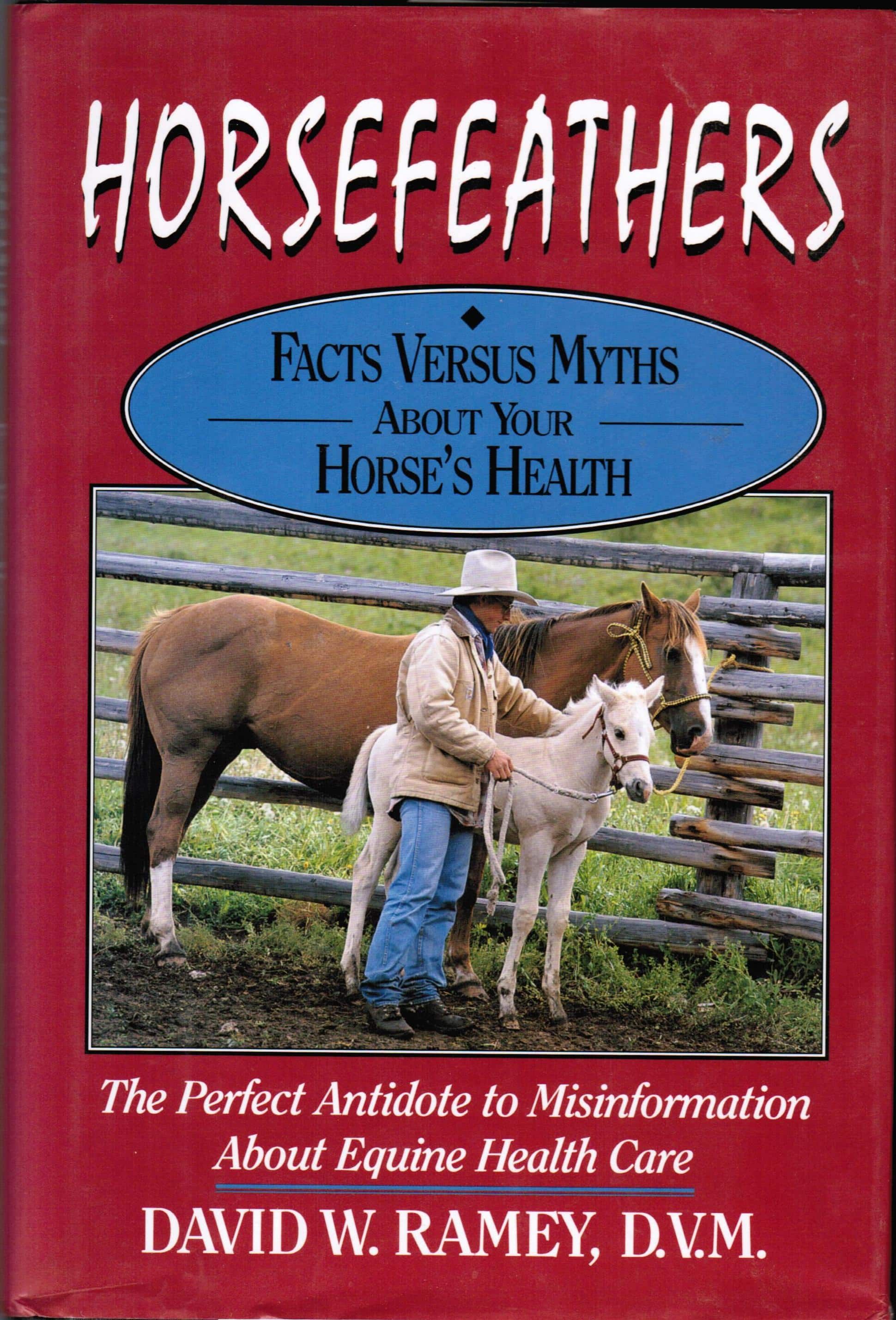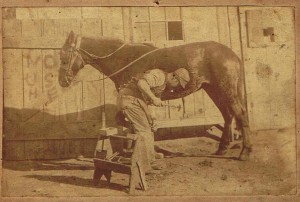
The basic tools used in taking care of a horse’s hooves haven’t changed in a long time
You’ve heard it so often, that it’s trite. But it’s true: “No hoof, no horse.”
Perhaps no area of the horse gets as much attention as his hooves. We clean them, we trim them, we cover them in ointments, and we reinforce them with shoes. They are the equine equivalent of fingernails, and they get just as much attention. But the fact is that something on the order of 70% of all conditions that make horses lame occur in the hoof; it’s an undeniably important structure.
Yet, because so much is – and can be – done to the hoof, it’s also a subject of an intense amount of discussion. Everyone is paying attention to the horse’s hoof, from owner, to farrier, to veterinarian, and everyone has an opinion about it, accordingly. So, it is perhaps inevitable that there are many different and diverging opinions on the “best” way to do anything for the hoof, be it routine care, and especially when it comes to trying to fix any of the myriad problems that can occur.
Still, basic hoof care shouldn’t be that complicated. In fact, the tools used to manipulate the hoof haven’t changed much in hundreds of years, nor have the devices used to assist it (horseshoes and such). Farriers still labor over anvils, in front of forges, although there are now numerous other ways to rebuild and attach things to the foot. By understanding a few basic principles, you can help assure that you’re doing the best you can to help keep your horse going sound.
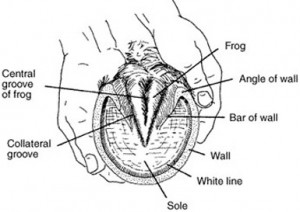 One of the best resources for information about the horse’s foot is a website maintained by my friend, Dr. Steve O’Grady. Dr. O’Grady is an internationally known speaker, veterinarian, and farrier, who has done much to advance our knowledge of what we are doing when we manipulate the horse’s foot. While more and more information on the horse’s foot will appear as I build this site, it’s well worth your time to check out the various papers posted on his website, Northern Virginia Equine. To see them, CLICK HERE
One of the best resources for information about the horse’s foot is a website maintained by my friend, Dr. Steve O’Grady. Dr. O’Grady is an internationally known speaker, veterinarian, and farrier, who has done much to advance our knowledge of what we are doing when we manipulate the horse’s foot. While more and more information on the horse’s foot will appear as I build this site, it’s well worth your time to check out the various papers posted on his website, Northern Virginia Equine. To see them, CLICK HERE
More on Joints
Bleach. Short article, right? Wait, there’s more! Let’s talk about some of the wonderful ways that you can use bleach around your horse. Bleach fits three wonderful criteria for something that you want to have in your tackroom…
I will readily admit that I have not studied the religions and philosophies of India. Nevertheless, I find myself drawn to a quote that is attributed to Sai Baba, an Indian guru and yogi who lived in western India, and who died in 1918…
One question that seems to come up fairly often during the course of my practice is, “Which hoof dressing do you recommend?” I wish I had a good answer to that. It’s a hard question to answer anyway. A Google…
I am constantly amazed at people’s taste for “natural.” I mean, really, humans have spent most of their civilized life trying to get away from natural. Now it’s constantly being used as an advertising…
Laminitis (or, “founder”, as it is often called) is, justifiably, one of the most feared medical and lameness conditions of the horse. I’ve been thinking about it a lot mostly because I just started taking care of two horses with…
Have you ever heard the phrase, “Therapeutic intent?” Therapeutic intent refers to a specific endpoint that you’re looking for from a particular treatment. So, for example, if your horse has a bacterial infection, and…
The horse’s foot is so important that they’ve even come up with a cliché about it. You know, “No foot, no horse.” Yada yada yada. But, as another cliché goes, “The devil is in the…
I don’t think that any area of the horse gets as much attention as the hoof. With well-intentioned regularity, the horse’s hoof gets picked, oiled, conditioned, supplemented, trimmed, and shod. And, that’s not to…
There’s something that you need to be aware of in the horse world. It’s called “false precision.” Precision (true precision) requires that a specific action produces pre-defined and specific results. The basic…
The idea that the horse’s hooves are important isn’t exactly new. People have been riding horses for something like 4,000 years, and it’s my guess that the time worn (out) phrase, “No hoof, no horse” was probably…

 One of the best resources for information about the horse’s foot is a website maintained by my friend, Dr. Steve O’Grady. Dr. O’Grady is an internationally known speaker, veterinarian, and farrier, who has done much to advance our knowledge of what we are doing when we manipulate the horse’s foot. While more and more information on the horse’s foot will appear as I build this site, it’s well worth your time to check out the various papers posted on his website, Northern Virginia Equine. To see them, CLICK HERE
One of the best resources for information about the horse’s foot is a website maintained by my friend, Dr. Steve O’Grady. Dr. O’Grady is an internationally known speaker, veterinarian, and farrier, who has done much to advance our knowledge of what we are doing when we manipulate the horse’s foot. While more and more information on the horse’s foot will appear as I build this site, it’s well worth your time to check out the various papers posted on his website, Northern Virginia Equine. To see them, CLICK HERE 

